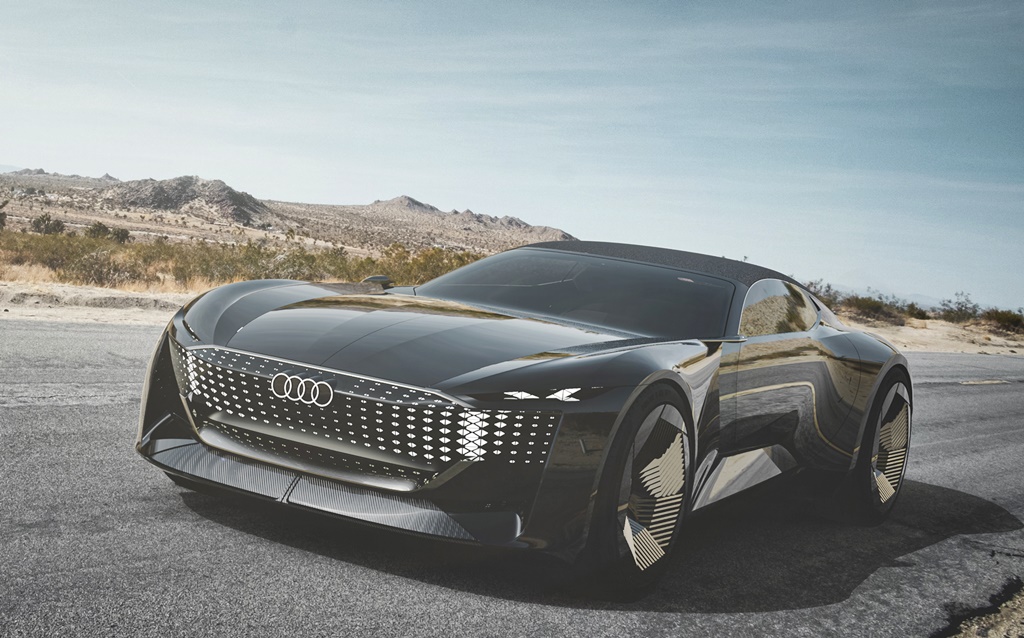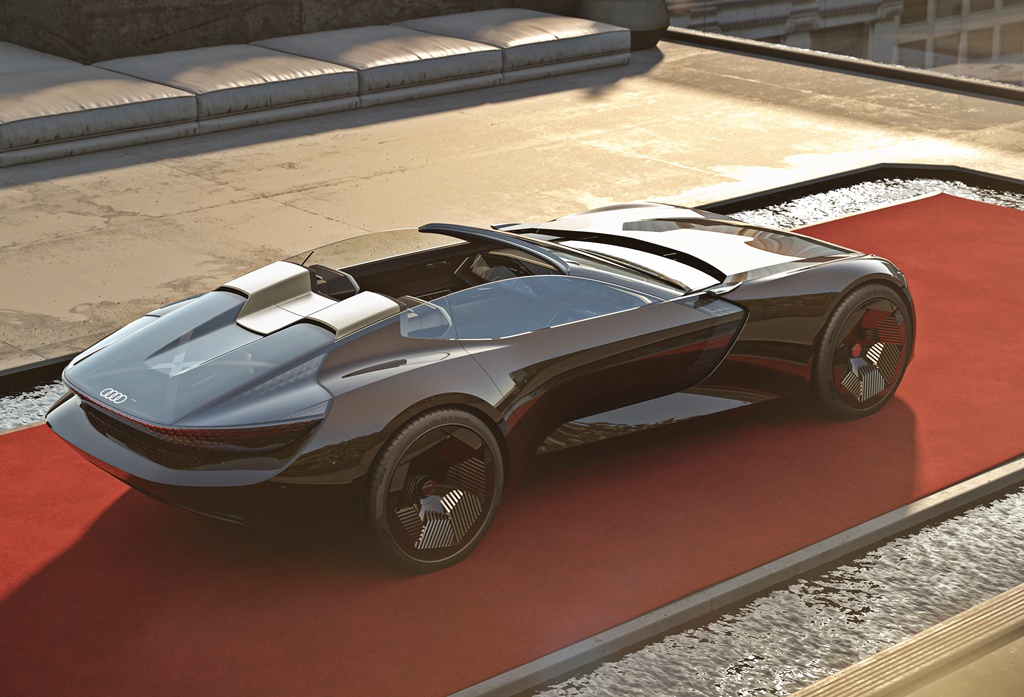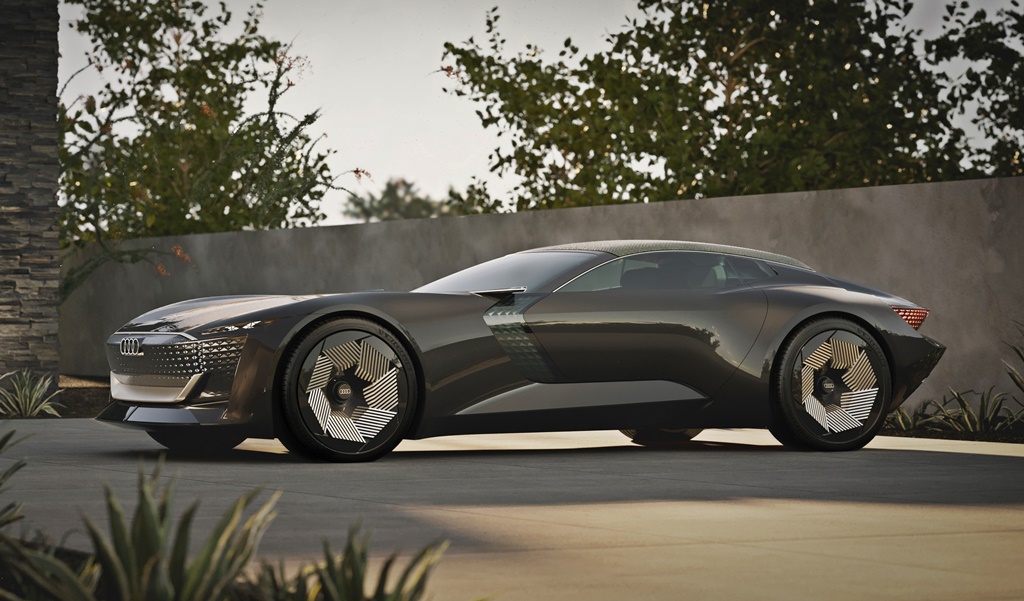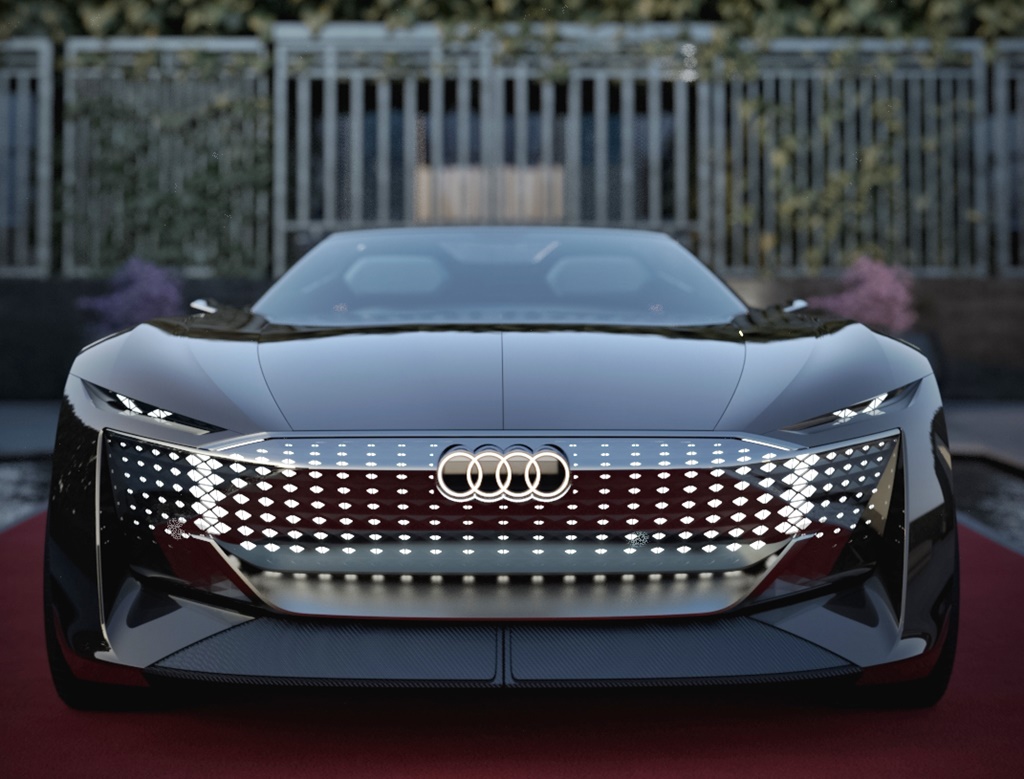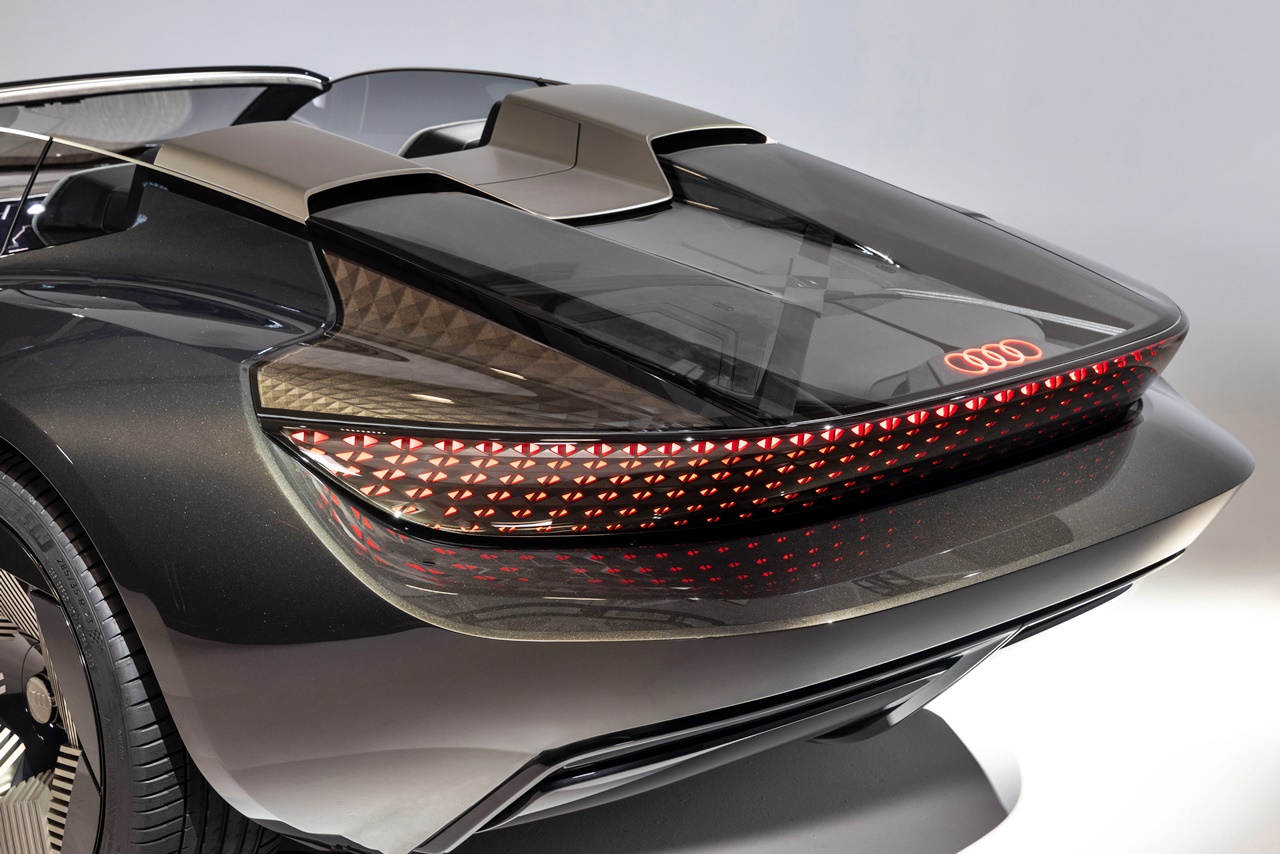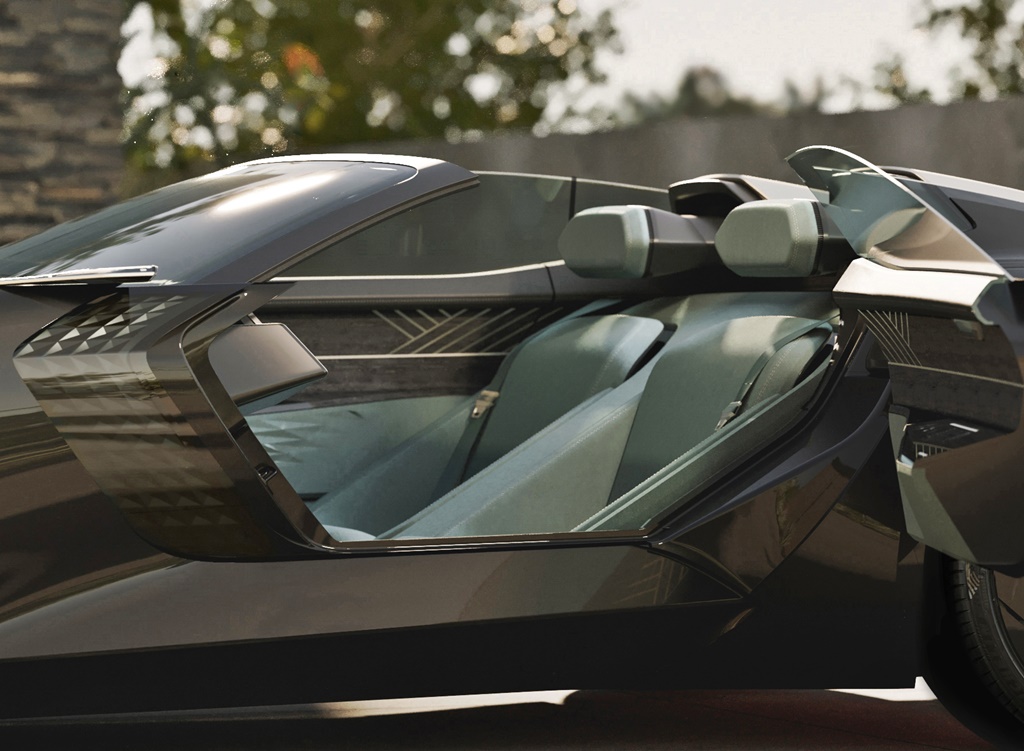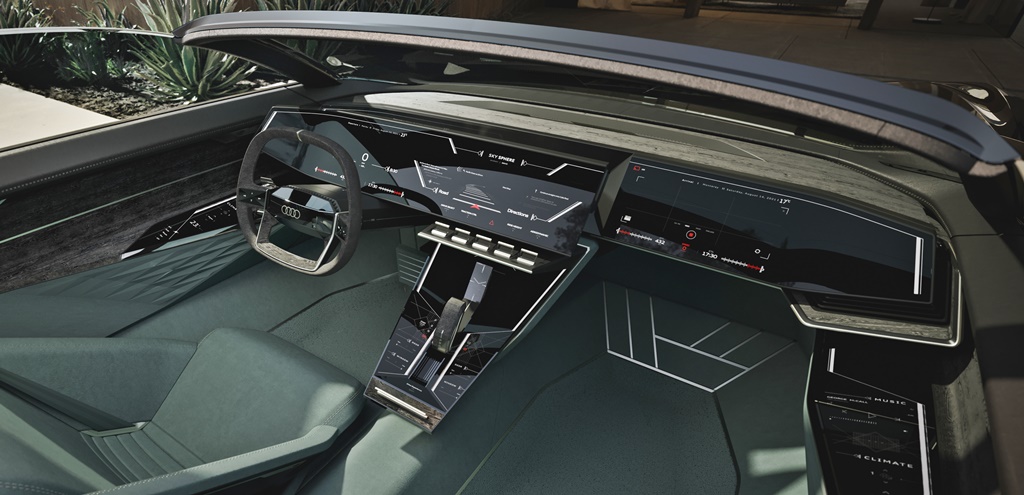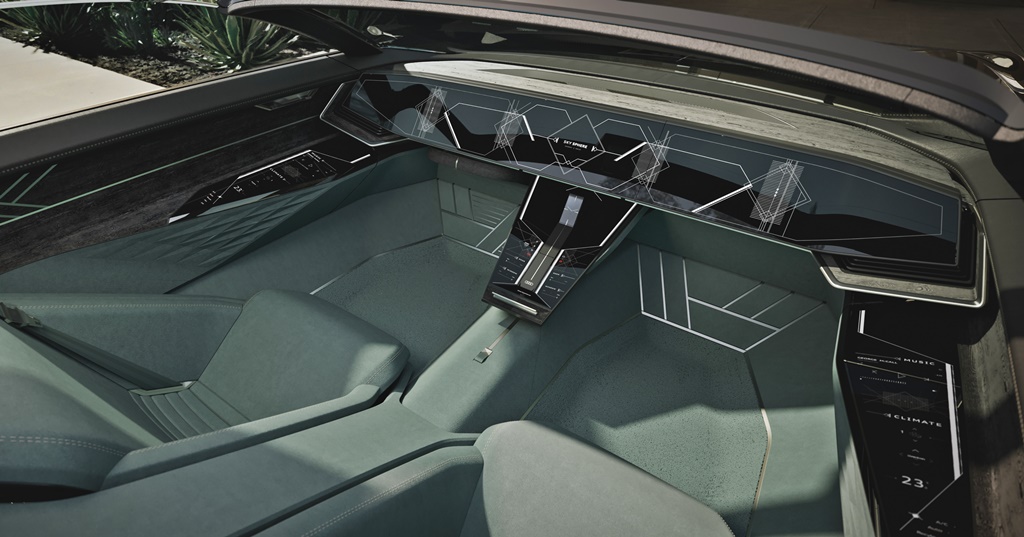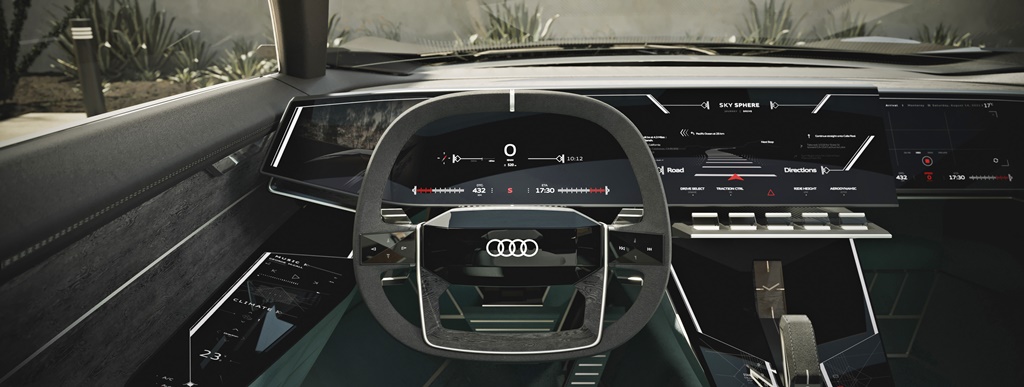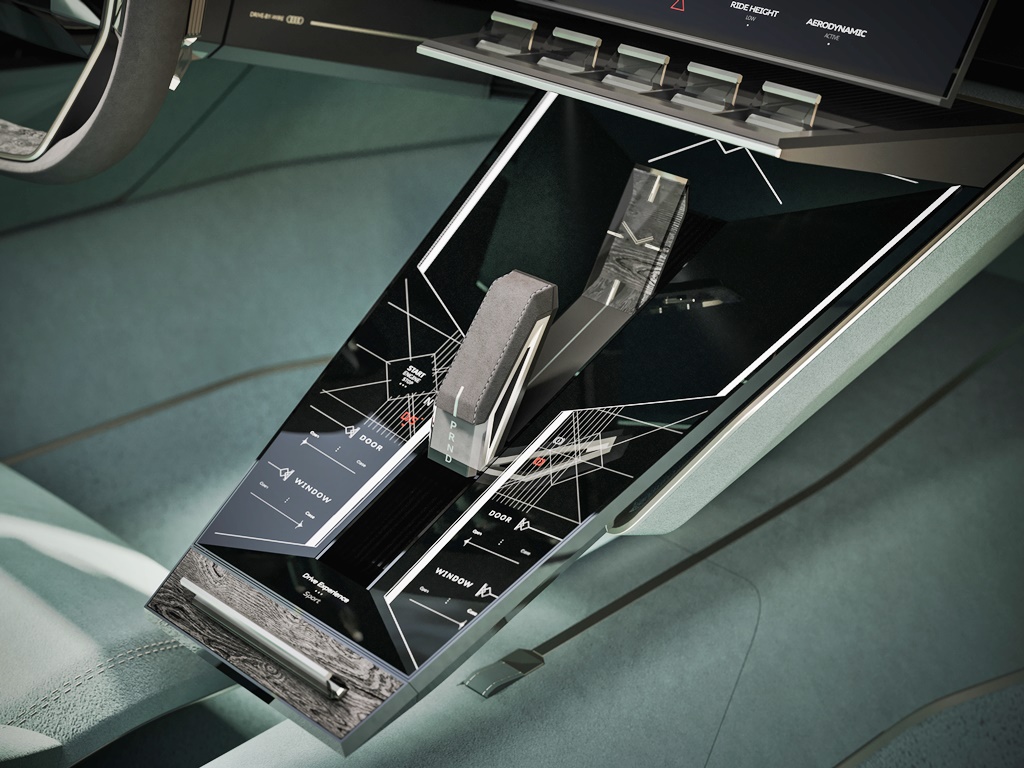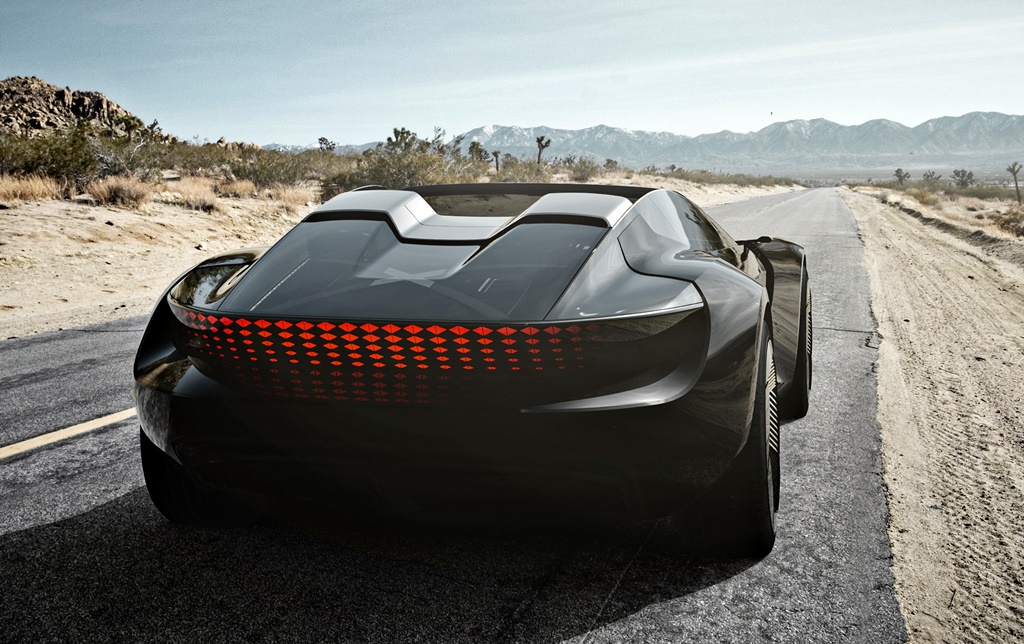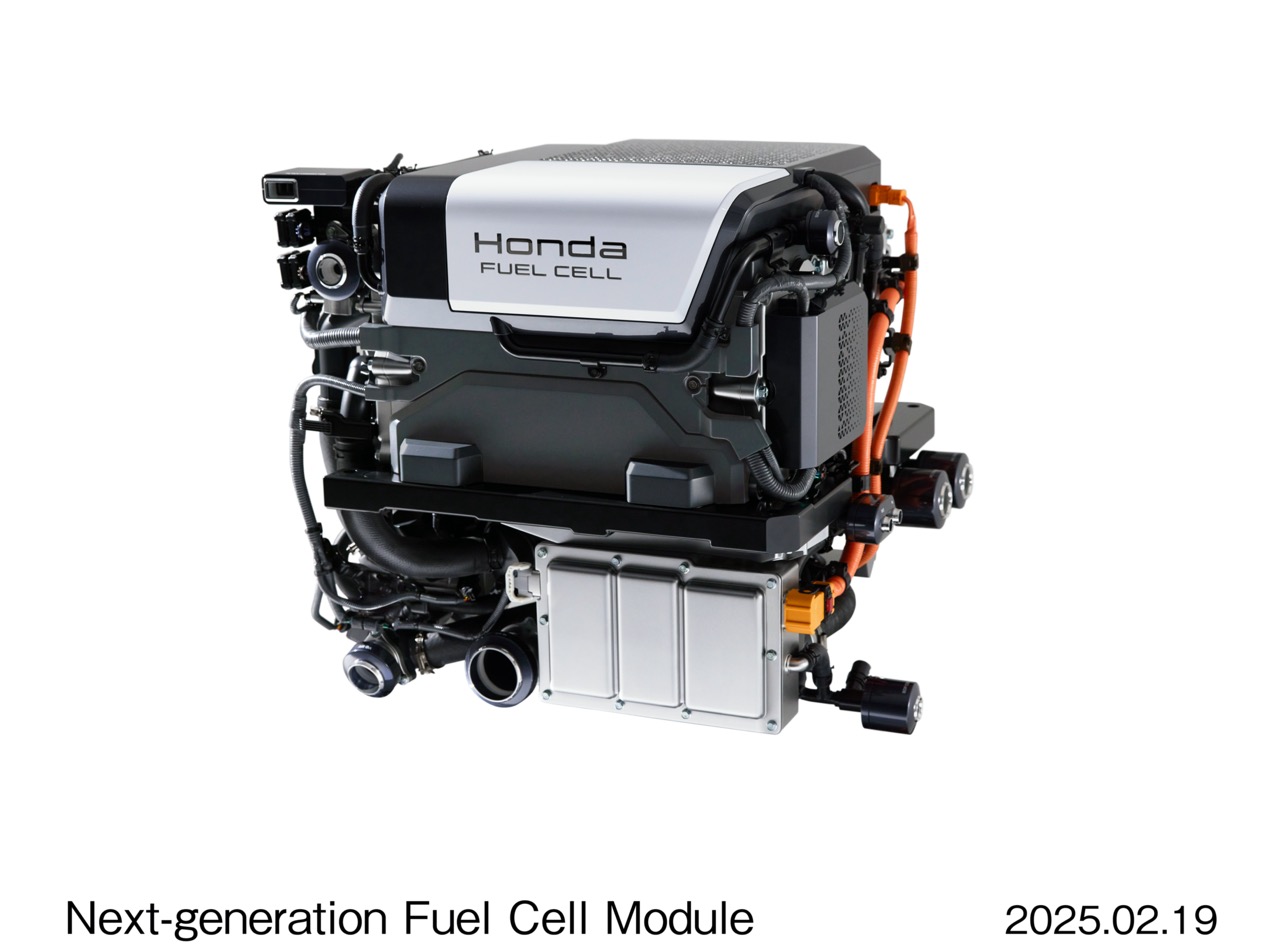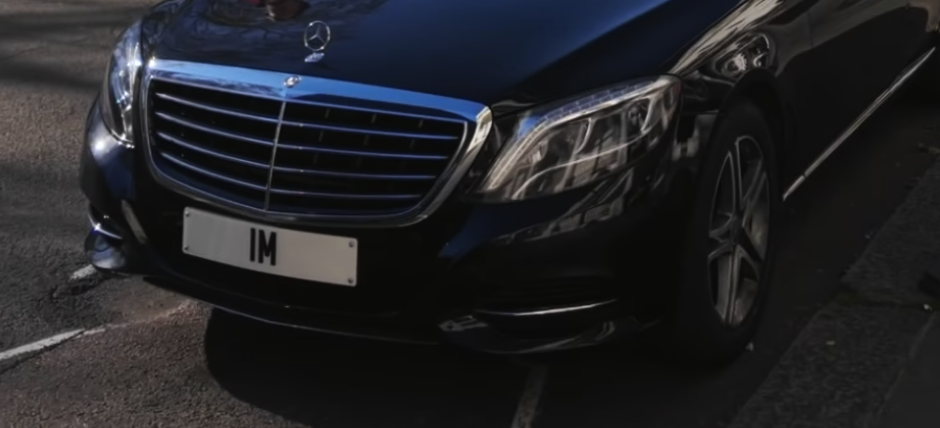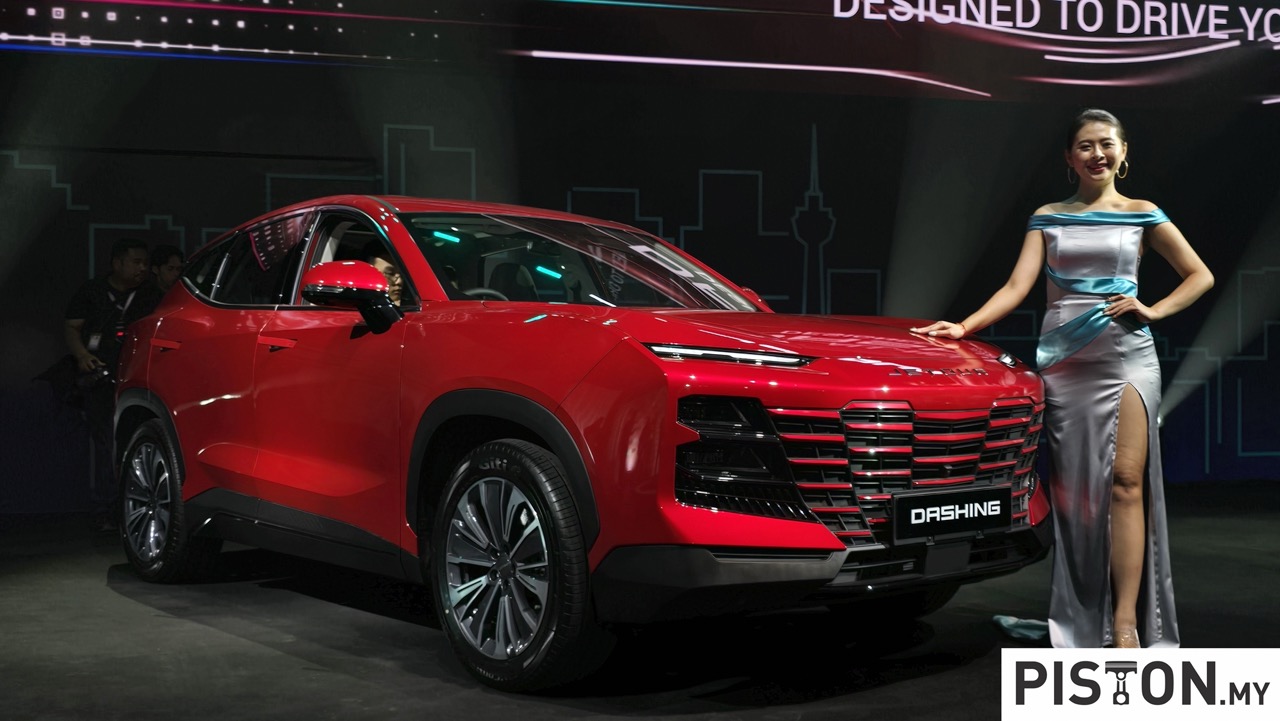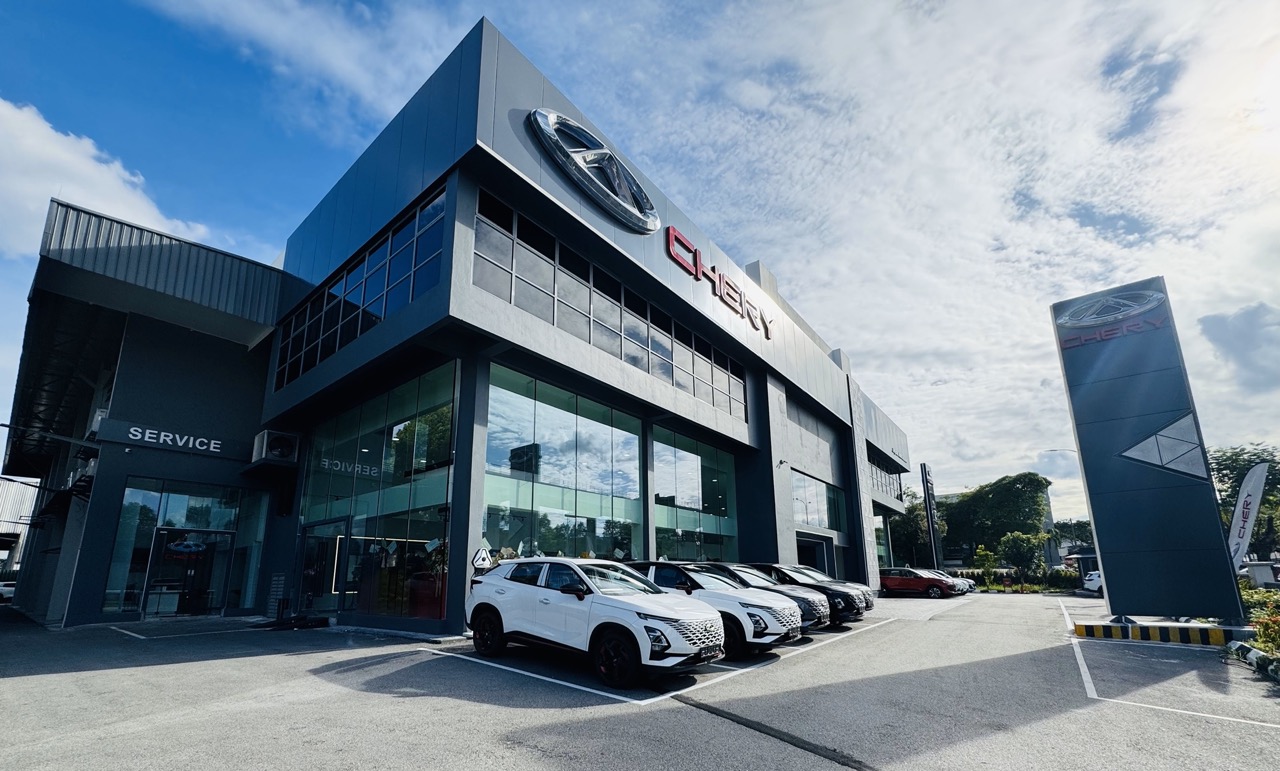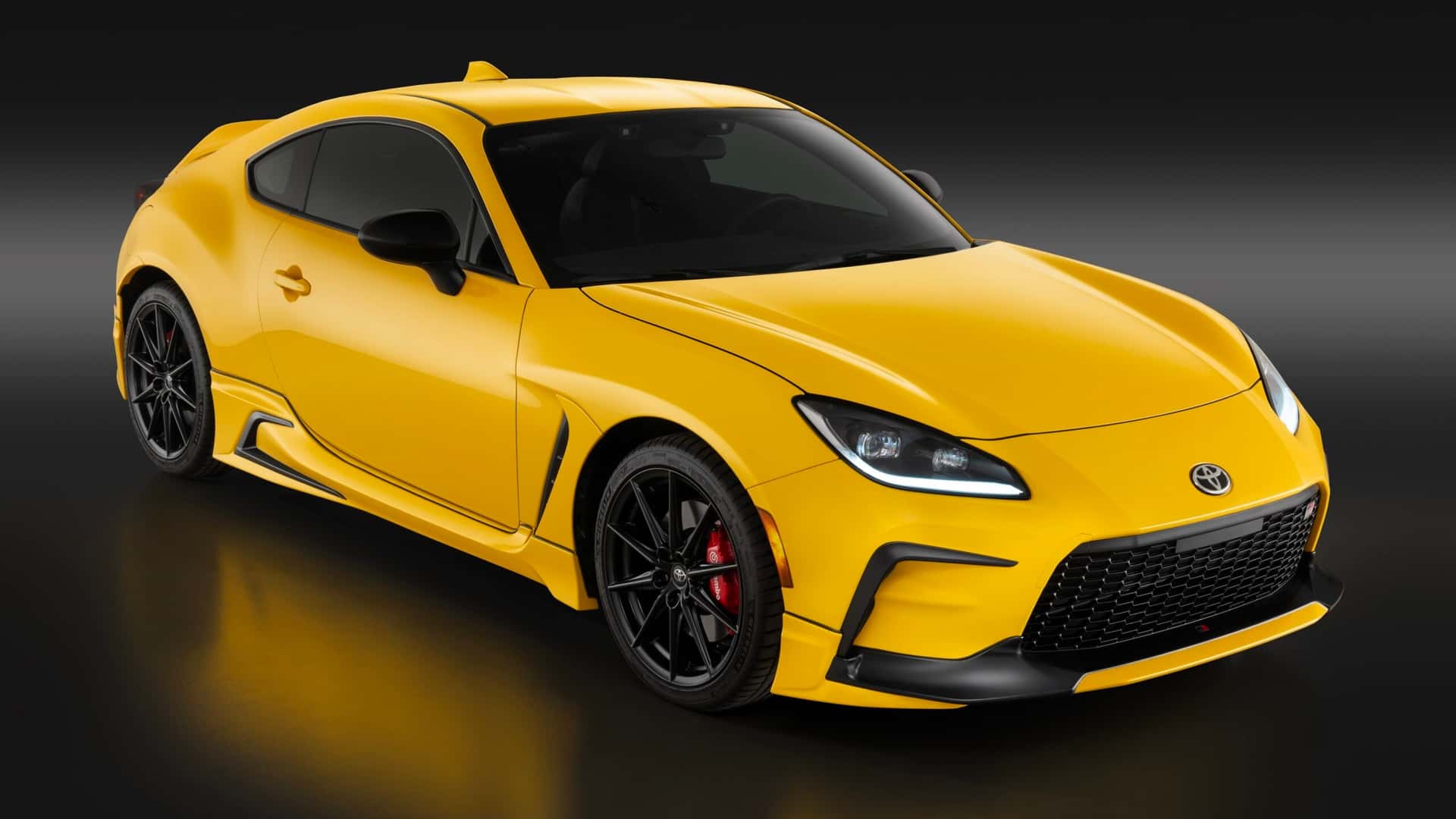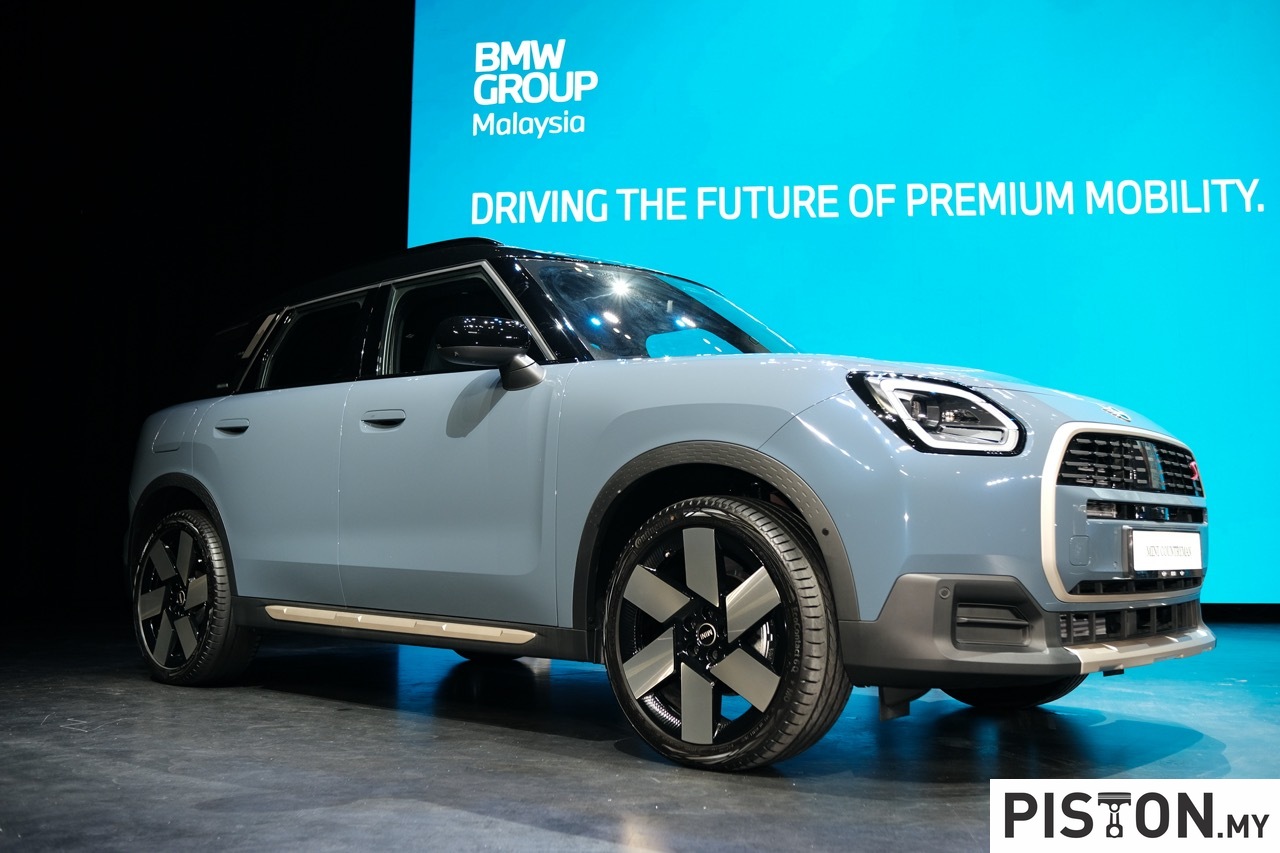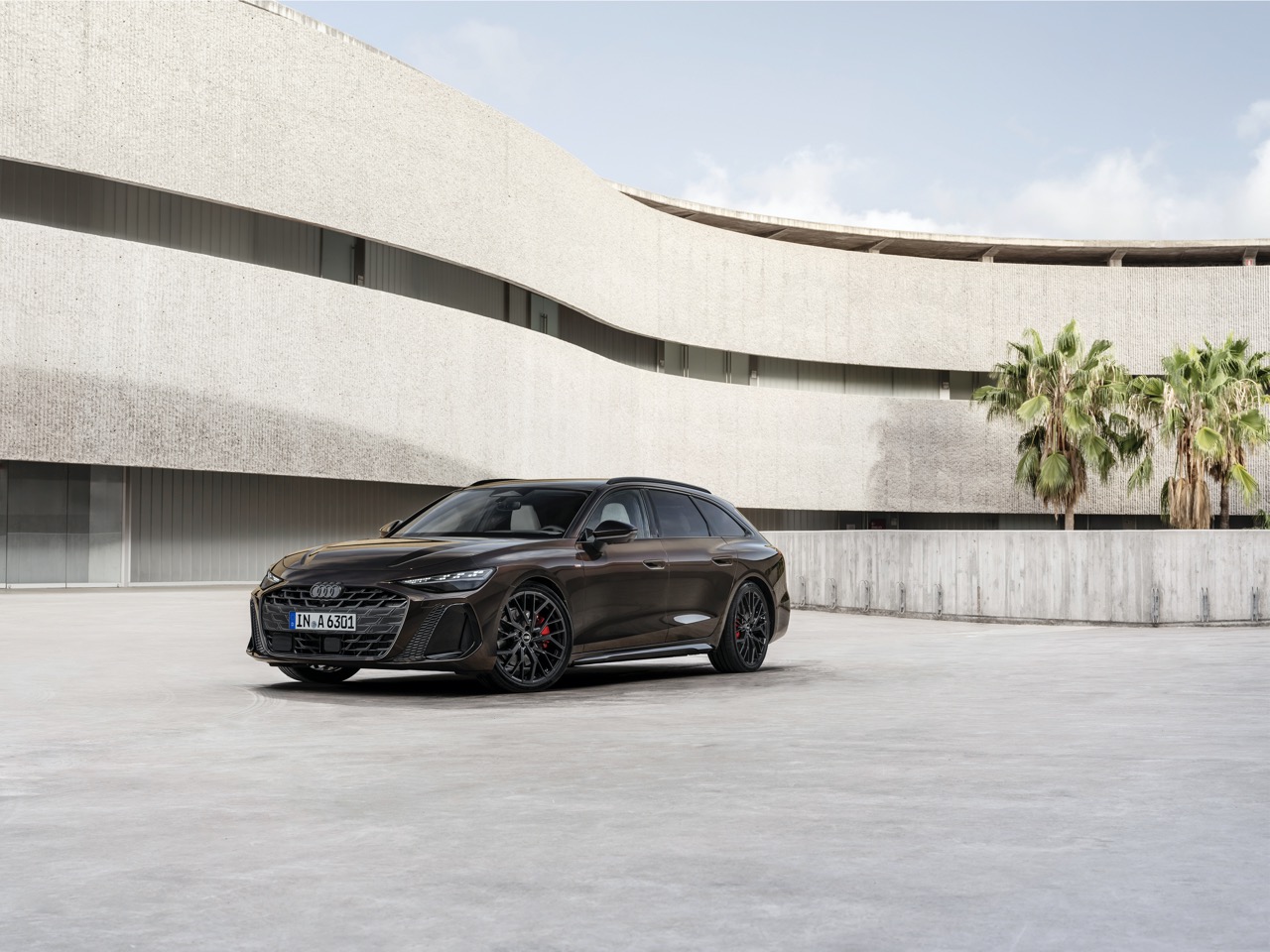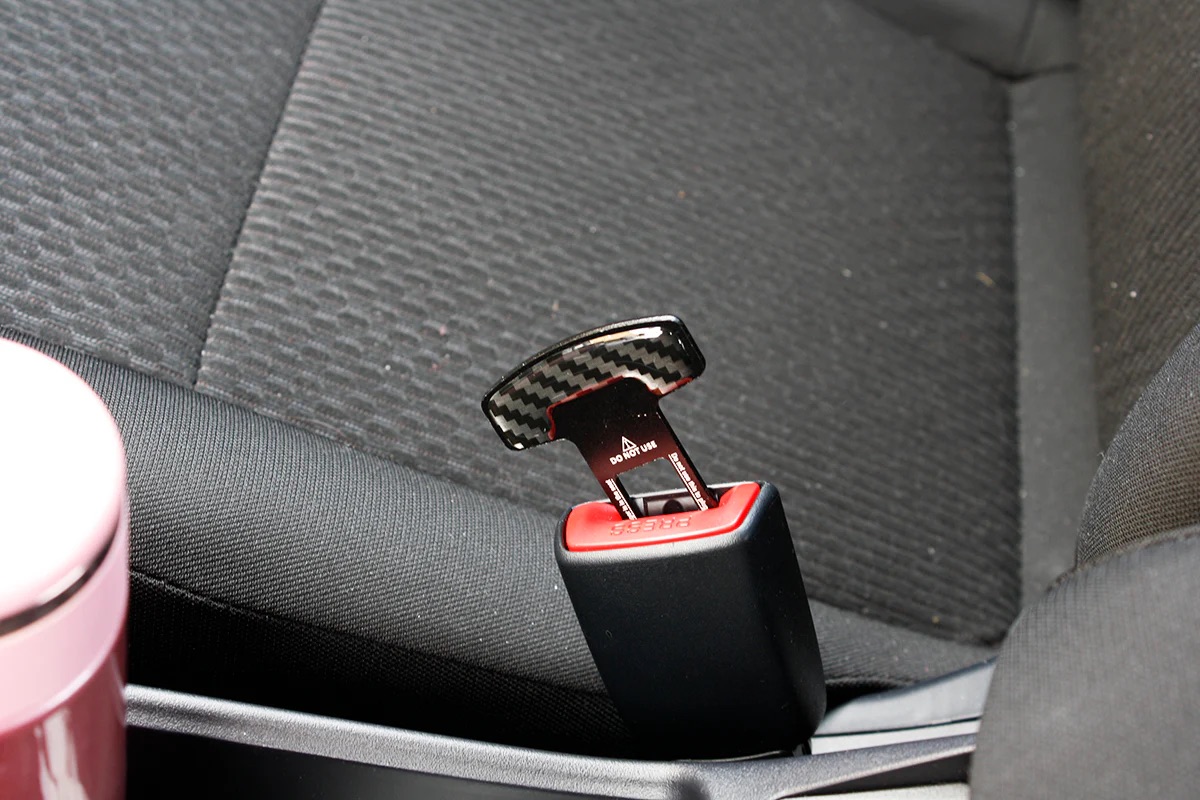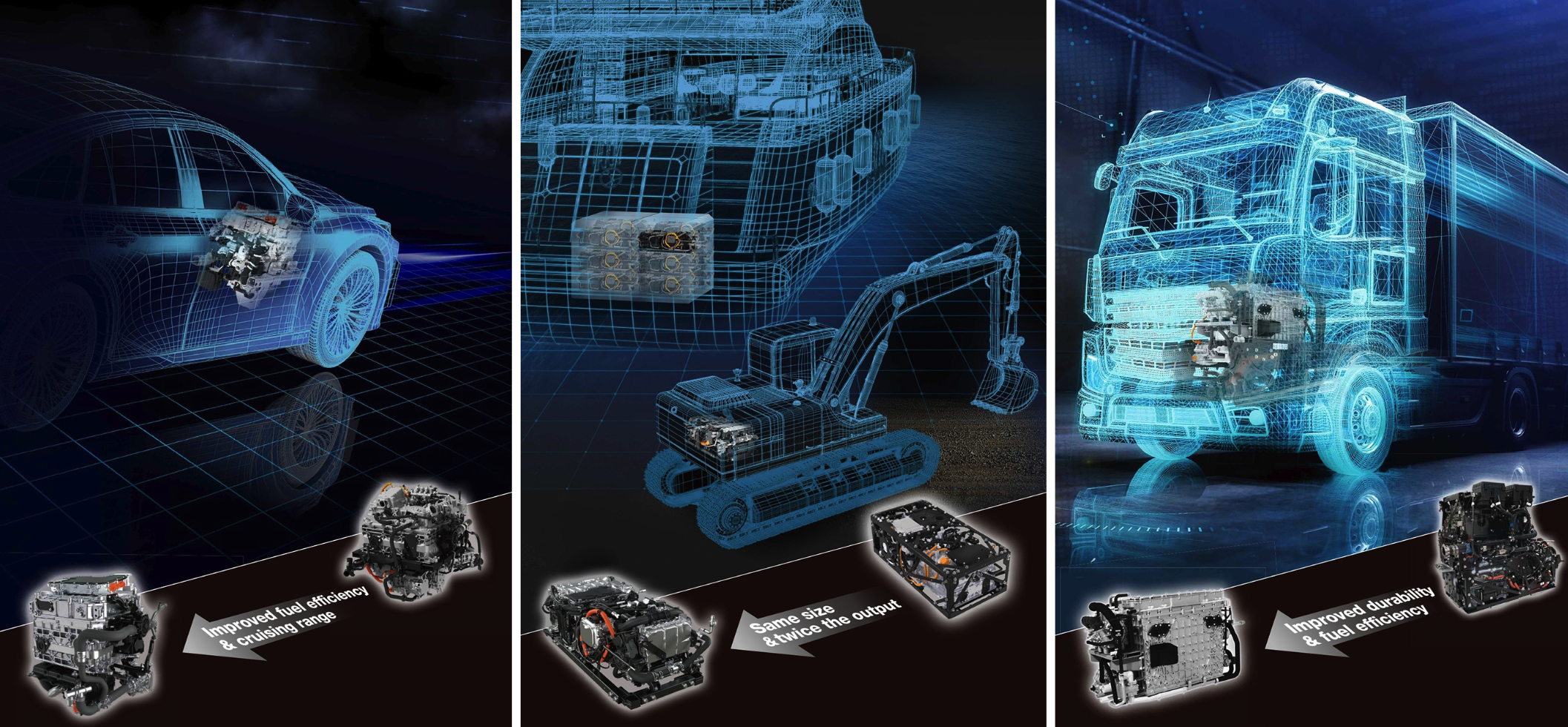Going fully electric is like starting all over again in designing cars. Many of the constraints developed over the years by the conventional combustion engine and drivetrain no longer need to influence the design, and new approaches can be taken. There are also new technologies and materials to use, providing greater efficiency, safety and comfort.
Audi, like other carmakers who are rapidly electrifying their range, has been developing new models for this new ‘electric age’. With its products catering to the upper end of the market, the focus is on luxury models and the company has a new family of concept vehicles to show the world how its future designs will be.
The three Audi concept cars are the Skysphere, Grandsphere, and Urbansphere, and the common use of ‘sphere’ in their names refers to the space surrounding the passengers. Thus, much attention has been given to interior design.
The Skysphere is the first one to be revealed and its unveiling took place this Friday at Audi’s new design studio in California, where it was conceived and designed. The concept car will also be on display from this Friday at the Monterey Car Week in the same American state.
A roadster with variable length
The Skysphere has the form of a roadster and offers two different driving experiences: a grand touring experience and a sports experience. This makes use of a technical detail – the variable wheelbase. Electric motors and a sophisticated mechanism with body and frame components that slide into one another make it possible to vary the wheelbase itself and the exterior length of the car by 250 mm. At the same time, the ground clearance is adjustable by 10 mm to enhance comfort and driving dynamics.
With the touch of button, the driver can choose either the 4.94-metre long e-roadster in ‘Sports’ mode with a reduced wheelbase, or be chauffeured around in a 5.19-metre GT in the autonomous ‘Grand Touring’ driving mode. In both modes, the open top maximises the sense of freedom.
Lightweight strategy keeps weight to 1,800 kgs
Under the long bonnet are the electric systems and components, with most of the mass situated between the front axle and the windscreen line. An electric motor is positioned on the rear axle, delivering 465 kW (632 ps)/750 Nm to enable acceleration from standstill to 100 km/h in a projected 4 seconds. An aggressive lightweight strategy helps keep the overall weight of the large car to around 1,800 kgs, with 60% on the rear end.
The Skysphere’s battery modules are primarily positioned behind the cabin – an ideal configuration for the centre of gravity and agility. Additional modules can be found between the seats in the center tunnel of the interior – another position chosen in favour of vehicle dynamics. The battery’s capacity is expected to be more than 80 kWh, giving a range of more than 500 kms using the most economical mode.
Steer-by-wire
The steering system is steer-by-wire and controls both the front and the rear wheels. Because the system is not mechanically connected to the front axle, the driver can select different steering ratios and steering settings, all at the touch of a button. This allows the steering to be adjusted from extremely direct to comfortable, while high self-aligning forces can be changed to minimal self-aligning forces when parking, for example. The rear-axle steering and adaptive wheelbase also contribute to the car’s small turning radius.
The latest evolutionary stage of Audi’s adaptive air suspension has been implemented in the concept car and features 3 independent air chambers to provide a comfortable base suspension. Individual chambers can be deactivated for a more sporty ride with fast acceleration. The result is that the characteristic curve of the spring becomes more progressive, reducing roll and pitch to a minimum. Lowering the body by 10 mm reduces aerodynamic drag – particularly relevant when driving long distances.
Two dashboard layouts
Within the Skysphere, control elements such as the steering wheel and pedals can be swiveled into an ‘invisible’ position and thereby completely absent from the interior. This adds to the spacious environment inspired in many areas by the Art Deco universe. The comfortable seats boast the visual elegance of designer furnishings, yet fulfill the functions of a car seat in driving mode without any compromises. They are upholstered in sustainably produced microfibre fabric and, thanks to their variable position in the interior, offer the kind of freedom to move and legroom that can otherwise only be experienced when flying first class on an airplane.
Should the driver be in control, then the interior transforms into an ergonomically perfect driving machine cockpit. Together with the chassis and body, the instrument panel and the monitor panel on the centre console also move to the rear. Large touch monitors are used to manage the car and infotainment systems. In Grand Touring mode, this can be used to display content from the Internet, video conferences, or streamed movies.
A few weeks later, the second concept car, the Grandsphere, will be presented at the 2021 IAA Mobility show in Munich, Germany. In the first half of 2022, the Urbansphere will follow as the third concept car, perhaps at an event in China.
Three new concept cars show design of Audi’s future luxury models




